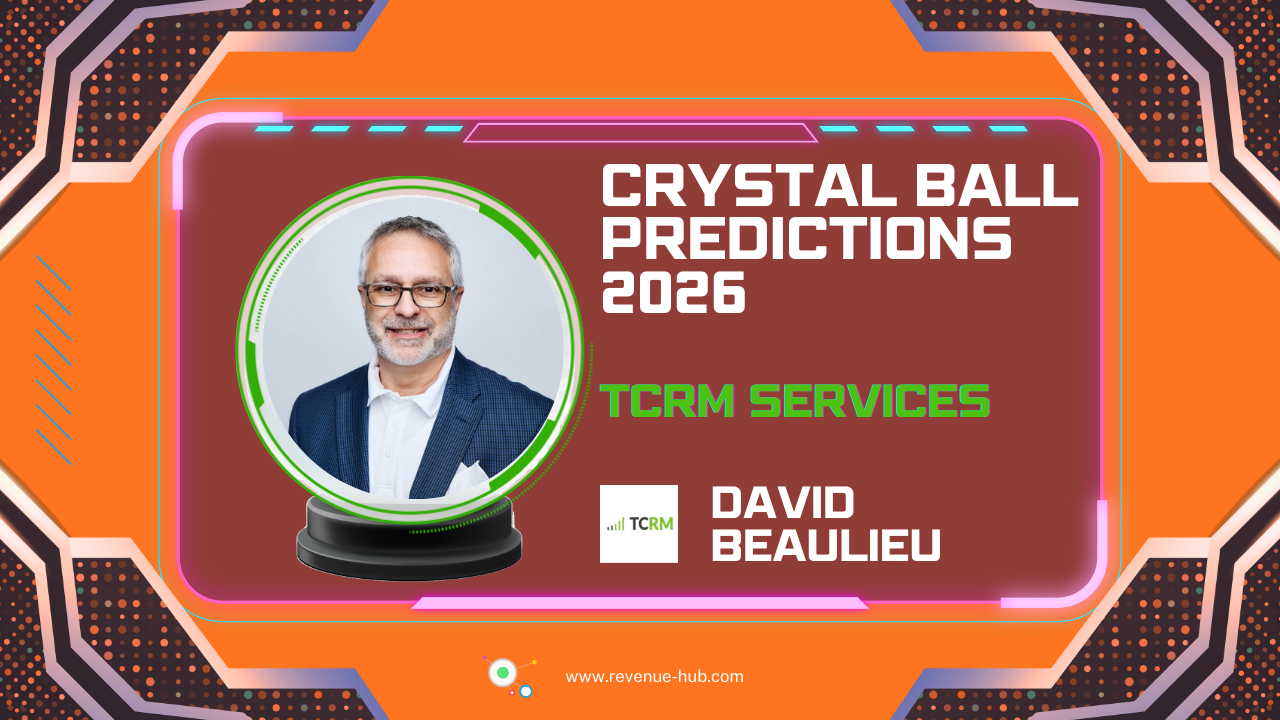
Despite its critical role in hotel profitability, revenue management remains one of the most misunderstood functions in hospitality.
NB: This is an article from EHL
Subscribe to our weekly newsletter and stay up to date
Often considered a dull, technical aspect of occupancy metrics for large chains, hotel revenue management has easily been written off as being just about numbers and pricing. In reality, it is a strategic, creative discipline that can unlock significant value across all types of hotels and operations.
Reinventing Hotel Revenue Management
Revenue management has long carried an unfair reputation as one of hospitality’s more “boring” disciplines. After nearly two decades as professor and researcher in this field, I’ve seen many eyes glaze over when I mention my area of expertise.
In truth, revenue management is anything but dull. For me, it’s a dynamic playing field, full of creative potential when framed in the right way, More essentially, it is key to the success of every type of hotel – whether a small B&B or big chain.
Revenue management is both an art and a science based on using data and human acumen to drive smart, profit-making decisions. Yet despite its strategic importance, many myths still surround this field.
These misconceptions undervalue what revenue management can achieve, preventing hoteliers, especially small business owners, from fully leveraging its power.
In this article, I aim to debunk five common myths about revenue management and offer insights to help reframe the way hoteliers might think about their revenue strategy.
Unpacking the Misconceptions
Many assumptions continue to cloud the true nature of hotel revenue management. These widely held beliefs, though often repeated, can limit strategic thinking and hinder profitability. Below are five common misconceptions — and the reality behind each — to help shift the perspective and uncover the real drivers of performance.
1. Higher Occupancy or RevPAR Always Means Better Performance
Reality:
While high occupancy or RevPAR (Revenue Per Available Room) might seem the winning strategy, these figures don’t always tell the full story. Selling out at low rates may generate less revenue than running at slightly lower occupancy with higher ADR (Average Daily Rate).
Similarly, filling rooms with discounted group bookings could push out higher-paying guests. What needs to be assessed is which group might be willing to spend more on additional services, for example, F&B, spa, meeting rooms, etc.
Focusing on a single metric, like RevPAR, limits the far wider horizon. Smarter performance evaluation could come from tracking multiple KPIs in tandem. Metrics like GOPPAR (Gross Operating Profit Per Available Room), TRevPAR (Total Revenue Per Available Room) and TrevPOC (Total Revenue per Available Customer) analyses offer a more holistic understanding of business health.
The secret is to always look at the bigger picture. Take into account the micro details: what are the costs, how is guest behavior impacting spending, what ancillary revenue could we be tapping into? Asking questions outside the typically narrow box of what revenue management is about can help hoteliers make truly informed decisions.




